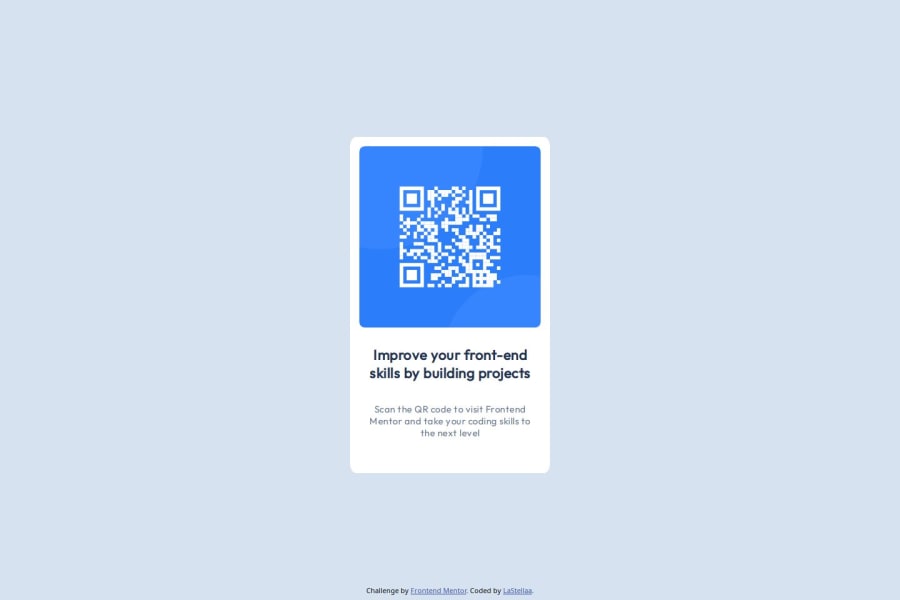
Design comparison
SolutionDesign
Solution retrospective
What are you most proud of, and what would you do differently next time?
I'm proud of the final result of this first project as I am still very new to web development and it feels great to be able to complete a challenge!
What challenges did you encounter, and how did you overcome them?It took me a few tries to get the easiest HTML in place and I defo had to crack my head a bit with centering items and creating padding.
What specific areas of your project would you like help with?Right now i am not very confident with the responsiveness of the web pages. It is not very clear which values should i put into the @media brackets? Will keep working on it and practicing!
Community feedback
Please log in to post a comment
Log in with GitHubJoin our Discord community
Join thousands of Frontend Mentor community members taking the challenges, sharing resources, helping each other, and chatting about all things front-end!
Join our Discord
